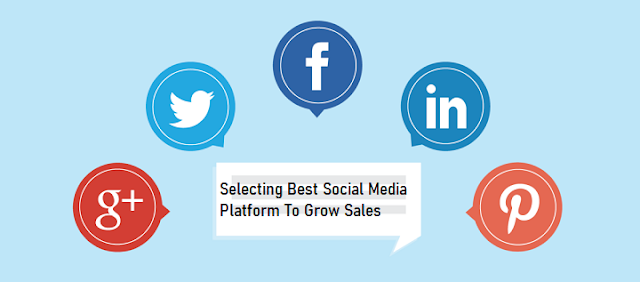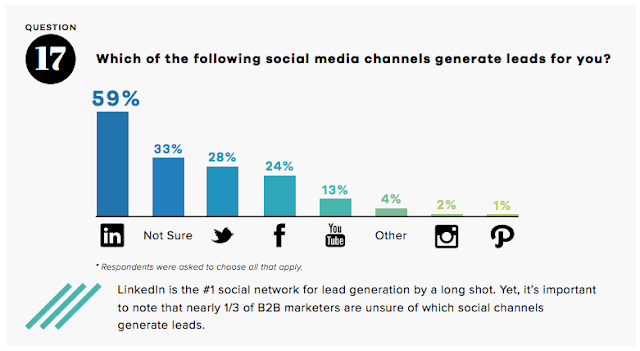A quick glance at your website analytics shows that your site visitor count has skyrocketed. Your PPC and SEO efforts have really paid off and you’re generating a lot of interest in your business.
You take a look over at your conversion rate, however, and it’s a very different story. It has completely flatlined. It might even have decreased. What’s the deal? Why isn’t anyone biting?
Does this sound familiar to you? If so, we have compiled this list of 10 simple tricks to help you out.
10 Tips to Boost eCommerce Conversion Rate
Follow these tips and take full advantage of your rising leads, successfully converting site users into paying customers, helping you to make a real return on your investment!
1. Air your authenticity
Building trust in a B2C context is achieved in starkly different ways online vs offline.
Retailers with physical stores immediately emanate legitimacy. The store, its wares, and the employees are physically visible to the consumer. There is little question whether the transaction will result in you receiving the product you desire when you are actually carrying it to the checkout yourself.
Customers will not put blind faith in an eCommerce store when deliberating a purchase. There are few signals to indicate that the store owners are credible, so customers are prone to abandoning their carts in fear of being scammed.
Boost your eCommerce conversion rate by airing social proof. Integrate your unfiltered customer testimonials from third-party review platforms to clearly show browsing customers that you will follow through on your promises.
2. Get social
Your conversion rates will suffer if you present yourself as a faceless brand, devoid of any personality. Customers are looking for more personal experiences with the companies they purchase from.
Managing active social media accounts is an effortless way to build this connection, engaging directly with your audience by sharing tidbits behind-the-scenes at your company, showing the people behind the brand.
Laying this foundation will help you strengthen your relationship with your target customers, encouraging them to convert.
3. Call them to action
Your website interface should guide your customers seamlessly through the conversion process. The user experience should be clean and informative and should end with a bang with a fantastic call-to-action (CTA).
Not all CTAs are effective, however, so be mindful about your choice or words and your placement. Work out what suits your target audience and your customer journey best.
The CTA should:
- Clearly communicate what you’d like your target customers to do
- Evoke curiosity and radiate positivity
- Have a sense of urgency about it
- Express the benefits of taking action
Neil Patel has written an excellent
CTA construction resource to adapt to your particular needs.
4. Carefully craft copy
In the absence of a trained salesperson to walk you through the features of a product, your website copy needs to do the talking.
Your product listing copy should tell a story as well as outlining all of its basic, practical information. It should strike the right balance between emotive seduction and promoting its tangible benefits.
General information like its uses, dimensions, and material used will help the customer determine if it meets a practical need and including customer stories will heighten its affective appeal.
To brush up on your copywriting skills, eCommerce experts Shopify have compiled a neat resource on writing effective product descriptions.
5. Strike up a conversation
Whether you integrate a live chat or chatbot feature into your eCommerce website, your customers will appreciate having access to instant communication.
In the past, conversion rates would often falter when customers became frustrated with the slow communication lines with retailers. Long waiting times on phone lines with awful elevator music or emails that are responded to within 2 or more business days just weren’t good enough.
The instantaneous responses that come with chat widgets have streamlined and sped up the process of responding to customer queries which in turn helps to boost conversion rates. Customer concerns are allayed in real-time whilst they sit on the website pondering whether to purchase something from your eCommerce store.
A fantastic example of this in practice comes from popular online-only fashion retailer ASOS who launched a
shiny new chatbot in 2018.
‘Enki’, as it is referred to, takes customers by the hand through the conversion funnel. Enki’s individualised approach to each customer allows it to act like a personal shopper, massively increasing the likelihood of conversion.
Don’t leave your customers alone and in the dark. Be there for them 24/7, capturing sales at all times of the day.
6. Flexible returns
Often, customer expectations don’t align with reality. Whether they’ve overlooked a product detail when they purchased it or the online photo looks marginally different to the received product, there is an element of risk involved in eCommerce.
This potential risk is enough to put your potential customers off following through with a purchase. Promoting a free returns policy can allay their concerns, providing them with a safety net should they change their mind.
Include a returns policy section on your eCommerce website which outlines all the necessary FAQs, like how long it takes to process a refund and how to send the product back.
7. Be our guest
Imagine the length of queues and the time you’d waste if you had to fill out a detailed registration form every time you wanted to buy a product in a store. You’d probably react by limiting the number of times you purchased something, wouldn’t you?
If you have an inflexible purchasing process on your eCommerce store which forces customers to create an account and fill in field after field of personal details, you’re likely to see a dip in your conversion rate.
Adding a guest checkout option will cater to customers who are in a rush, allowing you to capture extra sales.
8. Away with discouraging delivery costs
Have you ever looked with despair at your shopping cart abandonment rate? Would it comfort you to know that the average rate of abandonment is a staggering 70%?
One of the most influential factors pushing customers to quit before they pop in their card details is the shock of added delivery costs.
Luring customers in with what appears to be a decent deal, and then whacking on shipping costs at the end, can make them feel betrayed, forcing them to exit your eCommerce store out of principle.
Now, this doesn’t mean that you need to cover shipping costs yourself. Instead, incorporate them into your original product price so you’re being fully transparent up front.
Despite the overall cost being identical in both cases, customers are more likely to convert when there is consistency and honesty throughout the purchasing process.
9. How far to go?
A sure-fire way to deter customers from converting is to design a long-winded customer journey with no indication of how far they have to go to reach that final confirmation screen.
One of the main attractions of purchasing online is the swiftness of the transaction. There’s no need to trek out to the brick-and-mortar store. No need to hunt around the racks and rails looking for the product. No need to wait in a queue while a frantic sales assistant rings up order after order. There’s often no way of estimating how quickly you’ll get in and out of the store.
With this in mind, your checkout process should be transparent, upholding the attraction of online shopping versus visiting a physical store. Demanding that customers go through multiple stages in the checkout process on your site might be necessary but it’s incredibly off-putting.
A simple way to combat this is to implement a progress bar.
A progress bar serves a two-fold purpose. Firstly, it shows them exactly how far they have to go to complete their purchase, giving a clear signal that the process will end and outlining exactly what steps they need to do.
The second benefit is nicely summed up by Brian Dean of Backlinko: “It sounds simple, but a progress bar motivates people to finish what they started.” It stands to show them just how far they’ve come already, giving them that push to keep going or face wasting time.
10. Extensive payment methods
Modern digital consumers are accustomed to an array of weird and wonderful payment options, and if your eCommerce website doesn’t support their favoured method, they’ll instantly exit your website.
Basic credit and debit card payments were formally sufficient, but newer methods like PayPal and Google Pay are becoming more dominant.
“
The world of debit and credit card processing has come a long way in the past decade in particular,” notes Stephen Hart of Cardswitcher. “There is at least an astounding 200 alternative payment methods in the UK alone. With so many bases to cover, if you don’t have an extensive payment support offering, your customers won’t convert.”
Let the conversions roll in…
Optimizing your eCommerce store for conversions is a finicky process. Seemingly small issues can take a major toll on your sales.
If you know what to watch out for, you can revise and refine the user experience on your eCommerce store and firmly send leads down the conversion funnel with ease.
These 10 tricks can do wonders for your website - can you think of any other tips?
About the Author
Laura Fields is a writer, lover and dreamer, based in drizzly London town. A freelance journalist, she's recently escaped from the topsy-turvy world of magazine journalism to write about home, travel and lifestyle on the web.














